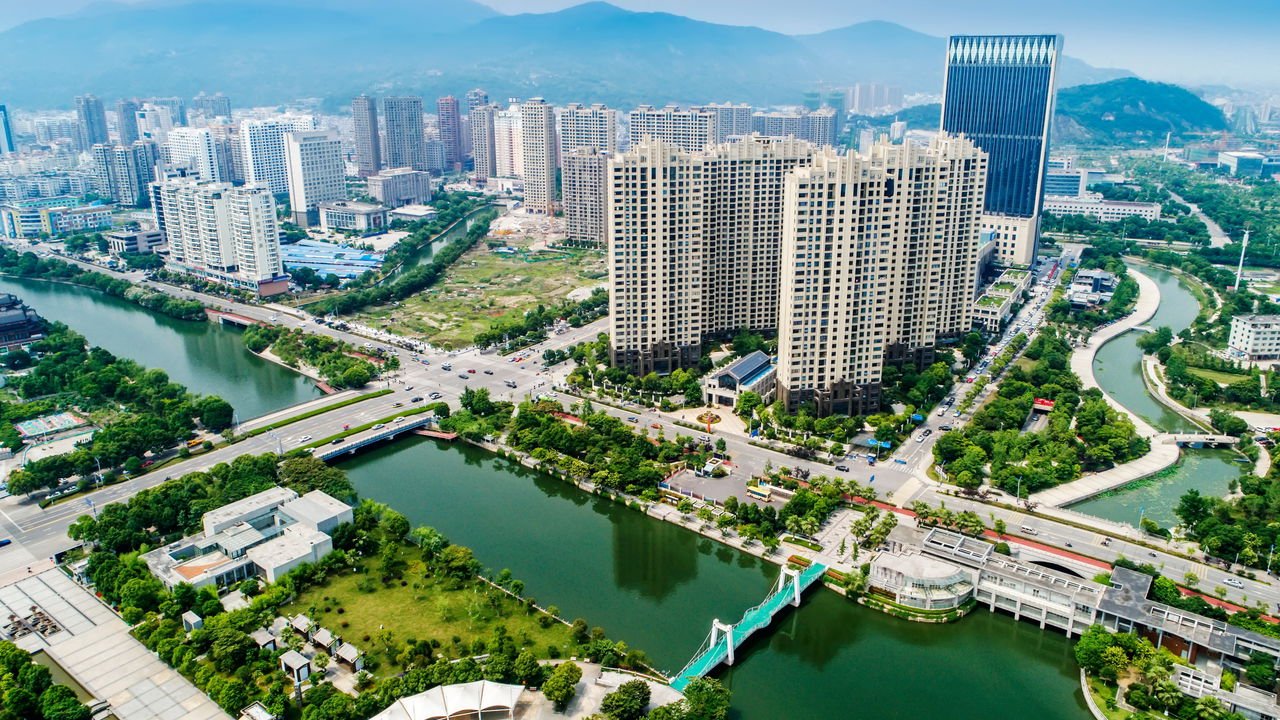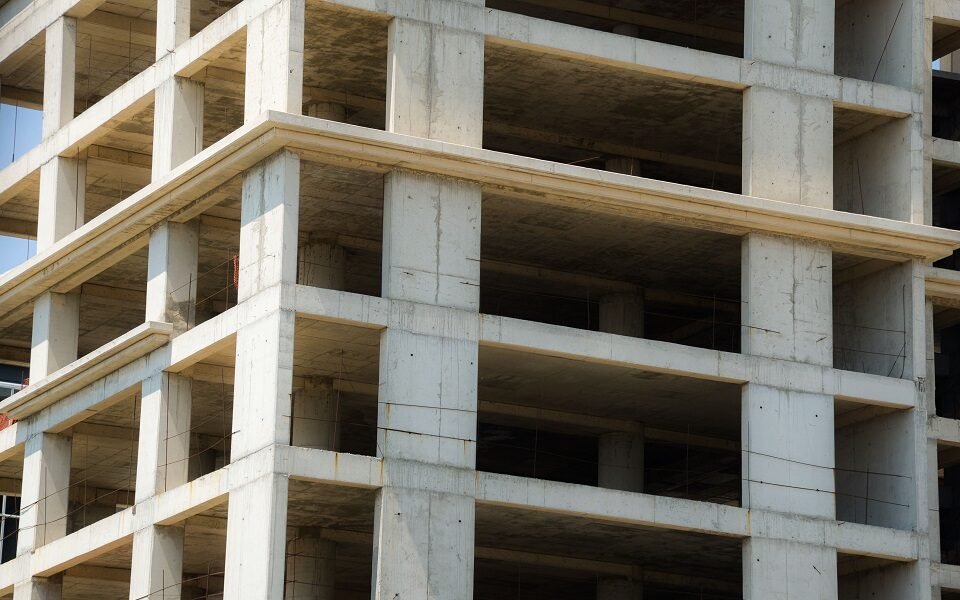China’s last boomtowns show rapid growth is still possible
China’s economic miracle emerged from dozens of industrial entrepots. Dongguan, famous for producing furniture and toys, as well as its many brothels, witnessed GDP growth of 21% in 2004. Hohhot, a town on the edge of the Mongolian steppe, posted nominal growth of 18% in 2006 as it scarred its mineral-rich terrain with mines. Shanghai, the country’s commercial hub, achieved 15% growth the next year as it churned out everything from machinery and textiles to cargo ships and steel, minting millionaires in the process.
These towns have since slowed along with the rest of the country. Shanghai, which now has an economy seven and a half times larger than 20 years ago, saw its GDP grow by just 5% last year. Yet there remain some places where growth, if not quite miraculous, is still mightily impressive, running at 8-10% a year. Most are small “county level” cities, home to something between a couple of hundred thousand and a couple of million people, and administered by bigger nearby conurbations. China’s last boomtowns are of great importance to Xi Jinping, the country’s supreme leader, as he searches for ways to rejuvenate the economy, which in the second quarter of the year grew at an annual rate of just 4.7%, down from 13% in 2007.














Post Comment